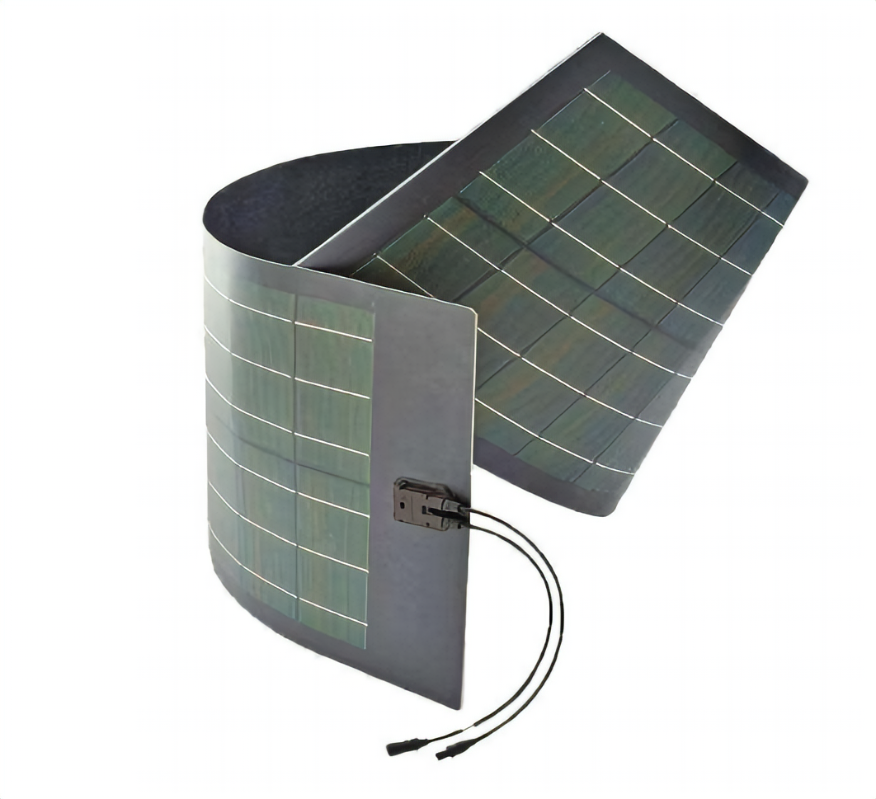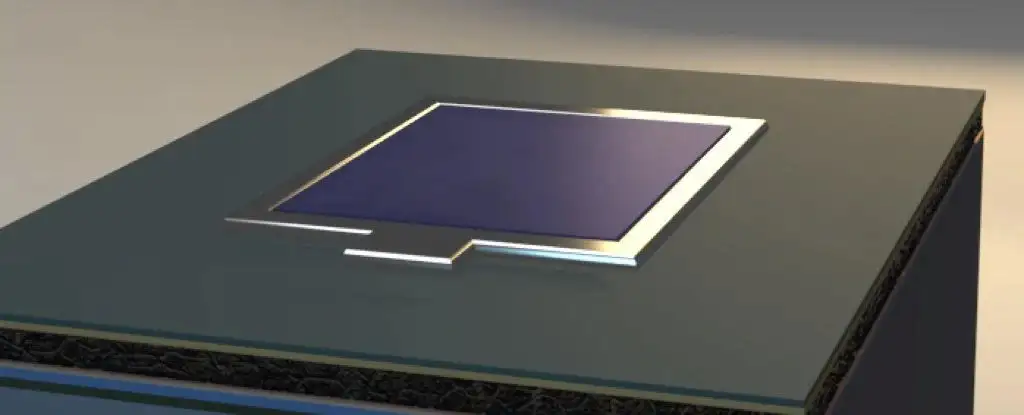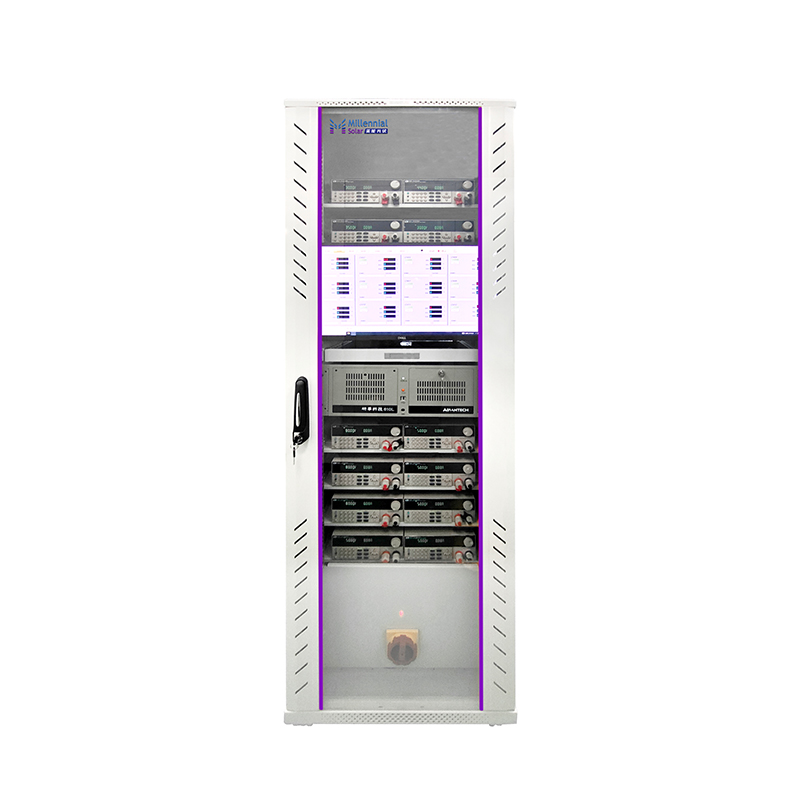
Quantum Efficiency Tester
PL/EL Integrated System
PV-Reflectumeter
3D Confocal Microscope
In-Line Four Point Probe Tester
Four Point Probe Tester
In-Line Thin Film Thickness Tester
Raman Spectrometer
FTIR Spectrometer
Spectrophotometer
Automatic Spectroscopic Ellipsometer
Contact Resistance Tester
Ultra depth of field 3D microscope
Auto Visual Tester
VMM PV Vision Measuring Machine
Solar Cell Horizontal Tensile Tester
Steady State Solar Simulator for Solar Cell
Solar Cell UV Aging Test Chamber
Solar Cell Comprehensive Tensile Tester
Visual Inspection Tester
Wet Leakage Current Tester
PV Module EL Tester
PV Module UV Preconditioning Chamber
Steady State Solar Simulator for PV Module
Current Continuous Monitor
Potential Induced Degradation Test
Bypass Diode Tester
LeTID Test System
Reverse Current Overload Tester
Impulse Voltage Tester
Hipot Insulation Tester
Ground Continuity Tester
Hipot Insulation Ground Tester
Damp Heat Test Chamber
Humidity Freeze Test
Thermal Cycle Test Chamber
Dynamic Mechanical Load Tester
Static Mechanical Load Tester
Hail Impact Tester
Robustness of Termination Tester
Module Breakage Tester
Cut Susceptibility Tester
Peel Shear Strength Tester
Universal Testing Machine (Single-arm)
Universal Testing Machine (Double-arm)
Glass Transmittance Tester
Acetic Acid Test Chamber
EVA Degree of Crosslinking Test System
Junction Box Comprehensive Tester
Drop ball tester
Semi-automatic scanning four-probe tester
Stylus Profilometer
Maximum Power Point Tracker
Perovskite Glass Transmittance Tester
Perovskite P1 Laser Scribing Multifunctional Testing Machine
Perovskite Online PL Tester
Perovskite Online Sheet Resistance Tester
Online Perovskite Film Thickness Tester
Perovskite Process Inspection Workstation
Portable IV Curve Tester
Portable EL Tester
Portable Thermal Imaging Tester
Solar Module Multi-Channel Testing System
PV Inverter Power Quality Tester
Drone EL Tester
IV Tester
IVEL Cell Sorting Machine
Solar Panel Wiring Basics
Date : 2024-01-02Views : 95
Photovoltaic (PV) systems are one of the most important renewable energy sources worldwide. For both safety and practical reasons, learning the basics of solar panel wiring is one of the most important tools in your PV skill arsenal. There are three types of wiring for photovoltaic modules: series, parallel and series-parallel.
![]()
Connection method
Series connection: Solar panels have positive and negative electrodes. Connecting solar panels in series means connecting the positive terminal of the module to the negative terminal of the next one, and so on. This type of wiring increases the output voltage.
Parallel: Connecting solar panels in parallel will increase the output current while keeping the voltage constant. The output current is the sum of all currents produced by the modules in the string.
Solar panels connected in parallel must also comply with NEC regulations. This includes conductor size and overcurrent devices. This is calculated by overestimating the short-circuit current (Isc) by 125%, taking into account the number of modules in the system, as specified in NEC 690.8(A)(1) and NEC 690.8(A)(2).
Series-Parallel Connection: There is a type of solar panel wiring that combines series and parallel connections called series-parallel. This connection connects solar panels in series by connecting the positive terminal to the negative terminal to increase the voltage, and connects these series in parallel. All parallel strings of solar panels must be of the same voltage and must also comply with NEC 690.7, NEC 690.8(A)(1) and NEC 690.8(A)(2) In all cases the modules need to be the same model, to provide the best performance on your system.

![]()
Crimp tools and solar connector assembly tools
You should know beforehand what tools are used to connect solar panels. These are crimp tools and solar connector assembly tools.
A crimping tool is used to crimp a solar connector's connecting plate to a bare wire. In most cases, this means MC4, which is the most popular MC4 in the solar industry. The Solar Connector Assembly Tool is used to tighten all parts of the MC4 connector to the female/male connector plate. This tool is also used to unlock the connector after it is inserted.
Solar panel inverter
The solar panel inverter is one of the most important components in a photovoltaic system. This component converts the DC energy generated by the solar panels into AC power suitable for your appliances. The output is a pure sine wave with 120V AC voltage (USA) or 240V AC (Europe).
Solar wire types
Solar panels can be connected together using the pre-installed wires on the modules, but extending the wiring to the inverter or service panel requires selecting the appropriate wires. For rooftop PV installations you can use photovoltaic wire, known in Europe as TUV photovoltaic wire or EN 50618 solar cable standard. For ground-mounted PV installations that require underground installation, you will need underground service entrance (USE-2) cable.

![]()
Current Continuity Testing System
Current Continuity Testing System is specially designed for the 10.11 high and low temperature cycle test clauses and 10.12 humidity and freezing test clauses in the IEC61215 standard. It mainly includes providing stable DC power, current recording, temperature recording and temperature control functions. Through temperature control of the DC power supply, it can monitor multiple currents and temperatures in real time for a long time. Used in conjunction with a high and low temperature cycle box, it can monitor the internal circuit continuity of multiple components. Determine the fatigue resistance of the material, the rationality of the lamination process, and the stability of the welding quality of the solar cell module in high and low temperature alternating environments.

E-mail:market@millennialsolar.cn
This is the basic knowledge about photovoltaic cell wiring in this issue. Millennial Solar has also been paying close attention to the technology and processes of the photovoltaic industry. We hope that the information provided can also help everyone.

































































